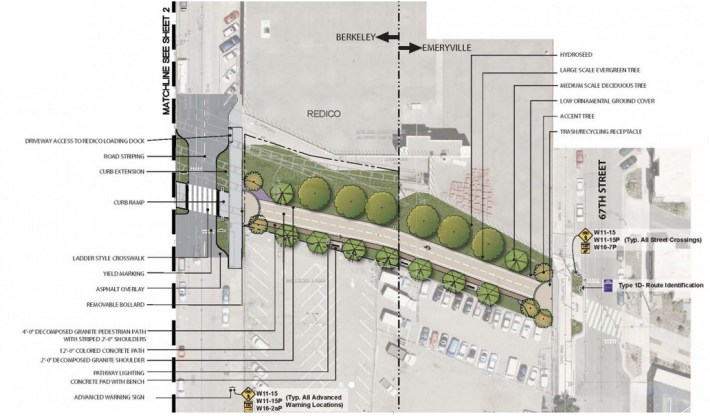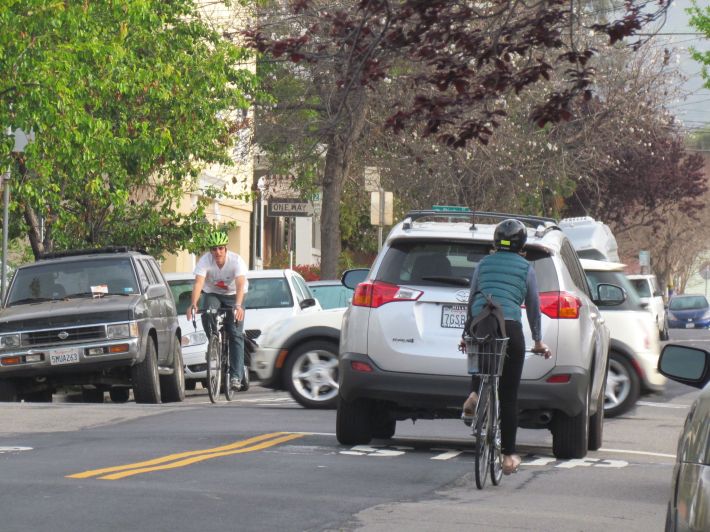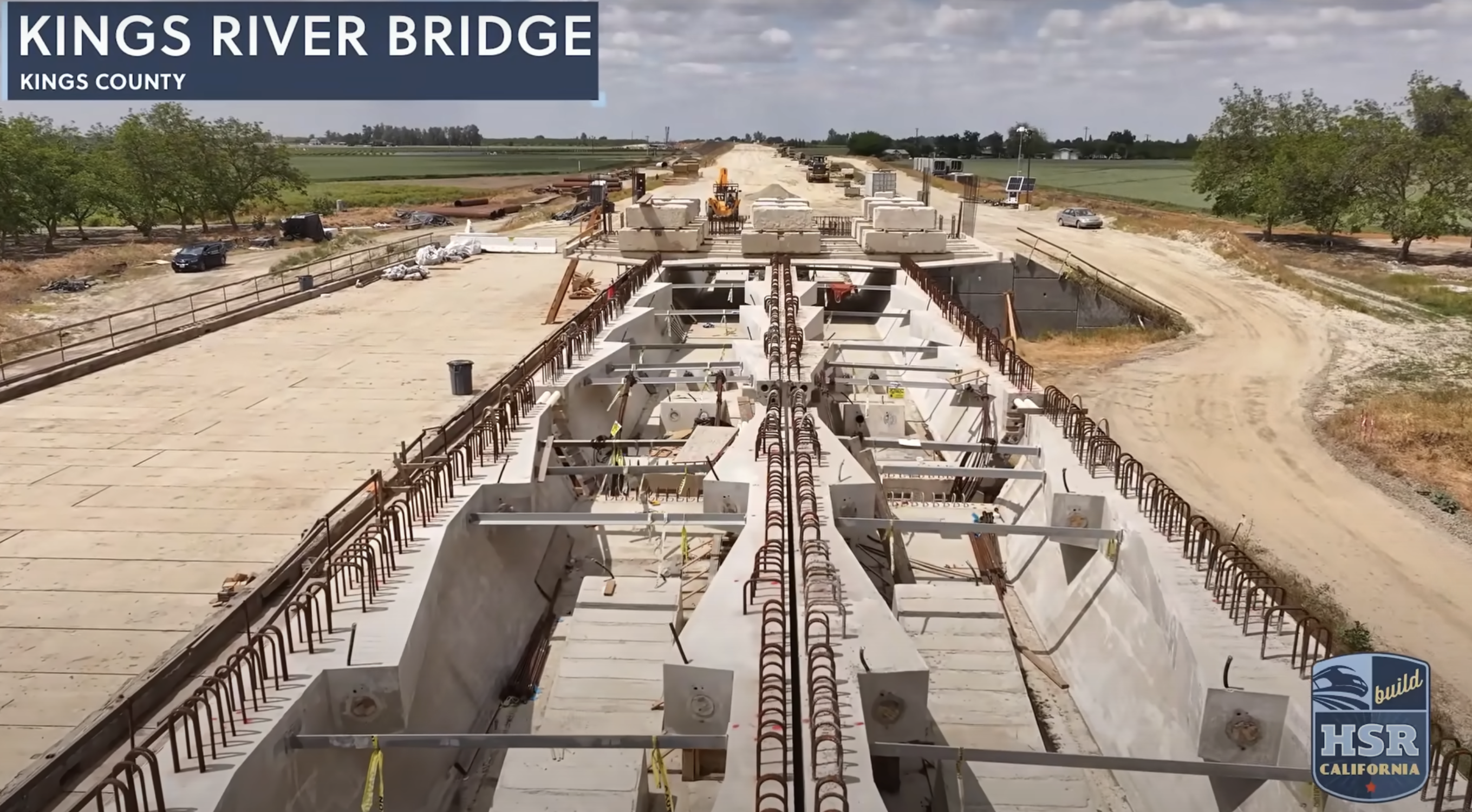
The California Transportation Commission released its staff recommendations for projects to be funded by the Active Transportation Program. The list is not final; it should be formally adopted by the CTC at its October meeting.
It includes more than 100 projects. Among them are connections and improvements to existing pedestrian and bicycle facilities, like the Barrio Logan segment of San Diego's Bayshore Bikeway and Berkeley's Ninth Street bike path (see image above); Complete Streets projects in Los Angeles, Sacramento, and San Diego, protected bike lanes in Santa Ana, and Active Transportation Plans for Stockton, Merced, Kern County, Shasta, and Trinity County. Bicycle boulevards, road diets, gap closures for trails and paths, and pedestrian improvements around schools are also included. See after the jump for access to the complete list.

The just-released list makes recommendations for two of three funding categories: one for “statewide” projects, which compete for funding against other projects across the entire state, and one for “small urban and rural” projects. The categories were created to even the playing field in the competition for funds. Every project has two chances to win funding: first they are considered under the statewide category, where the competition is fiercest and the winning scores ranged from 99 to 88 percent.
Program manager Laurie Waters noted that, in general, the applications scored higher this time around than in the program's first funding cycle, so the competition was tough.
Projects that don't win in the statewide competition can be considered either in the small urban and rural category or by their large regional Metropolitan Planning Organizations. CTC staff made recommendations for the first group; the latter category, wherein MPOs rank projects according to their own criteria, will be decided later. The MPOs' lists of recommended projects are due in mid-November and will likely be awarded late this year or in January of 2016.
Caltrans received 617 applications this year, requesting over $1 billion in funds. With only $360 million available over the three-year cycle, that meant some hard decisions had to be made. For projects with tying scores near the cut-off, staff first prioritized those that would build infrastructure. Then they prioritized the ones that had the most potential to increase walking and biking.
A total of five projects—three statewide and two small urban/rural—scored high enough but had to be left off the list for lack of funding. Many other worthy projects did not make the cut-off.
In the statewide category, 86 projects were recommended by staff, totaling $179.7 million. Forty-three of them are Safe Routes to Schools projects, and 88 percent bring a direct benefit to disadvantaged communities, under the rubric devised by program staff.
In the small urban and rural category, 27 projects were recommended, totaling $35.5 million, with 74 percent going to disadvantaged communities. Fifteen of those are Safe Routes to Schools projects.
Fewer projects were recommended for funding in this round than in the first, and grants were for higher amounts.
This may be because applicants had more time to develop projects before applying for funds in this second round. Also, staff acknowledge that the application process is not easy. “It's an investment to put in the application,” said Waters, so the project needs to be worth the time and effort.
Tony Dang, Deputy Director of California Walks, pointed out that the number of unfunded applications is “all the more reason to increase the ATP for worthy and shovel-ready projects.” Legislation to increase the amount of funding for the ATP is still pending the outcome of the special legislative session on transportation. The California Bicycle Coalition is urging people to contact their representatives in Sacramento to support the ATP; more information can be found here.
Applications for the next funding cycle will be due in June of 2016, for the three-year cycle that starts in 2019.
The staff recommendations for the statewide program are here [PDF].
The small urban and rural recommendations are here [PDF].
And here [PDF] is a list of all the project applications, with their scores. The cut-off score for the statewide program was 88, and for the small urban and rural program, 78. If a project is in a large MPO and got a score below 88, it did not make the list, but could be included in its MPO's recommendations later this year.
Congratulations to all the winning communities.





